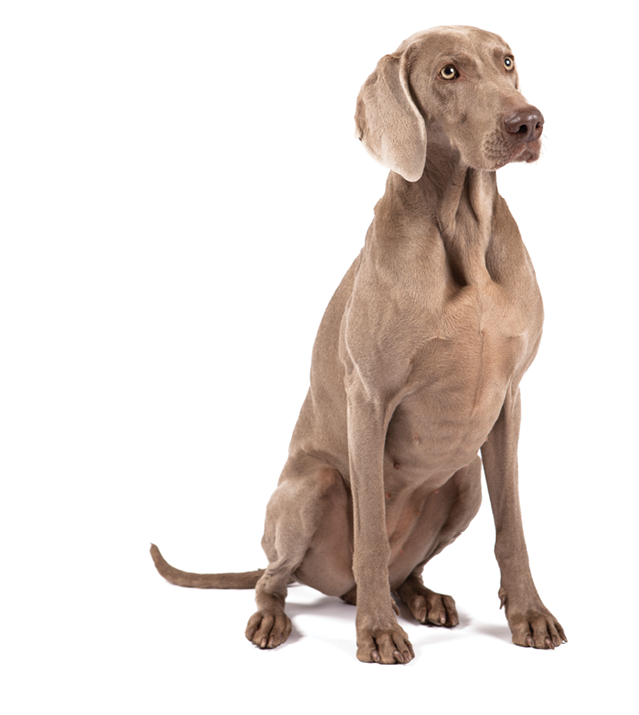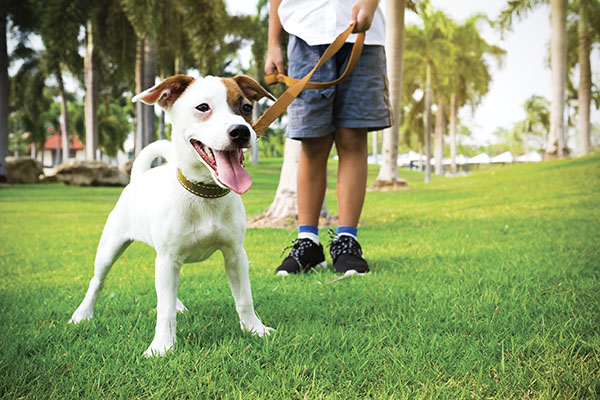Chapter 6: Be Persistent and Consistent


A man called me at the animal shelter. He was full of complaints about his dog and the trainer that I had sent to work with him. After each complaint, I explained carefully that the trainer was doing exactly what I would want her to do, and I tried to help him understand by reframing his complaints. He finally said, “You know what really bothered me? She seemed to be spending all her time trying to train me instead of the dog!”
Well, yes. Yes, I’m sure she did. She wanted to make sure that he knew how to handle the dog well, deal with problems as they arose, and resolve the intermittent issues he and his dog were having. He had to learn these skills, but he didn’t pick up on the trainer’s message. He thought she would come to his house and fix the dog’s problems, and the duo would live happily ever after without having to change anything he was doing. It doesn’t work that way. You have to change your behavior if you want your dog’s behavior to change.
A major key to making this procedure work long-term is to commit to making sure that your dog’s new behavior continues working for him. If you start doing this procedure only on occasion, you’ll soon be complaining that CAT didn’t work for your dog. No matter what training procedure or method you take up with your dog, you have to perform it consistently.
There are some tricky things that can happen if you train inconsistently. If you train new alternative behaviors to aggression very consistently, and you reinforce every time the dog performs a good behavior correctly, the dog is going to keep doing good things. If you never reinforce the good behavior again, it’s going to stop happening. If you don’t make the good behavior worthwhile, you will lose the good behavior.
To complicate matters, if the dog exhibits the desired behavior less frequently, he will find something else to do instead, and it will probably be the behavior you didn’t like in the first place. After all, he already knows how to do that. So if you have taught your dog that sitting, turning his head, looking at you, or pulling the other way will result in your moving away from the neighbor on the street, but then you stop giving him his needed escape because you like to chat with neighbors on your walks, he’s going to do something. The most likely thing for him to do is revert to his aggressive responses that worked so well in the past. Hey, I’m on this leash, and this lady scares me. This new stuff Mom taught me isn’t working, so I’m going to snap at the lady. That used to work every time. You’ll have wasted all that work, your dog could injure or anger your neighbor, and you’ll have a lot more work to do to get back up to speed with your dog. This is true with CAT and every other training procedure that you or a trainer might do with your dog. In order to make the procedure work, you have to do the work.
There’s a saying about insanity: “Insanity is doing the same thing you always did and expecting a different result.” Well, doing the same thing and expecting a different result will not work with aggressive dogs, either. There are no quick tips a trainer can provide you over the phone that will resolve your aggression problem, although I get plenty of calls asking for just that. Your walks will have to change during, and perhaps after, the training period, depending on how your training goes. If you want to chat with the folks in your neighborhood, you’ll have to take your dog on a separate walk that is geared especially to his needs. If you just love going to the dog park, you’ll have to go without your dog.

I once got a phone call from a woman inquiring about training for her dog who had suddenly become aggressive in the dog park after two big dogs attacked him. He had to get stitches. She then told me that ever since then, when she takes him to the dog park, he is mean to all the other dogs. There is a surefire solution to this: don’t take that dog back to the dog park! Something bad happened to him there, and you likely can’t do training sessions there because there will be a lot of off-leash dogs. So that’s no longer where your dog needs to go.


This type of dog-park interaction can be overwhelming for many dogs.
If your dog bit the last repairperson who came to your house, you’re going to have to work intensely on teaching your dog to enjoy spending time in his crate or in a room with the door closed with a rawhide or a food-stuffed toy while the worker is there. The worker doesn’t have time to do a CAT session with you, and he or she probably has very little interest in working with aggressive dogs. If your dog has had problems with kids, and you have kids or kids who visit your home, you’ve got to teach both the kids and the dog some ways to deal with each other, and it’s going to take time. The kids need to learn how and when to leave the dog alone, and the dog must be separated from the kids unless you’re with them and paying close attention. I’m sorry. I know this is inconvenient. Having a dog with aggression is challenging.
Once you start doing CAT, make CAT a way of life. At first, it will be very intense, as will any aggression-resolution method you undertake, but it won’t be as intense as living with uncontrolled aggression from your dog every day. Over time, you will find that your dog gets the idea and does the preferred behaviors more and more often while he performs aggressive behaviors less and less often. And if you go through the complete switchover process at the end of CAT (discussed later in the book), you will find that your dog will stop being so worried about strangers.
